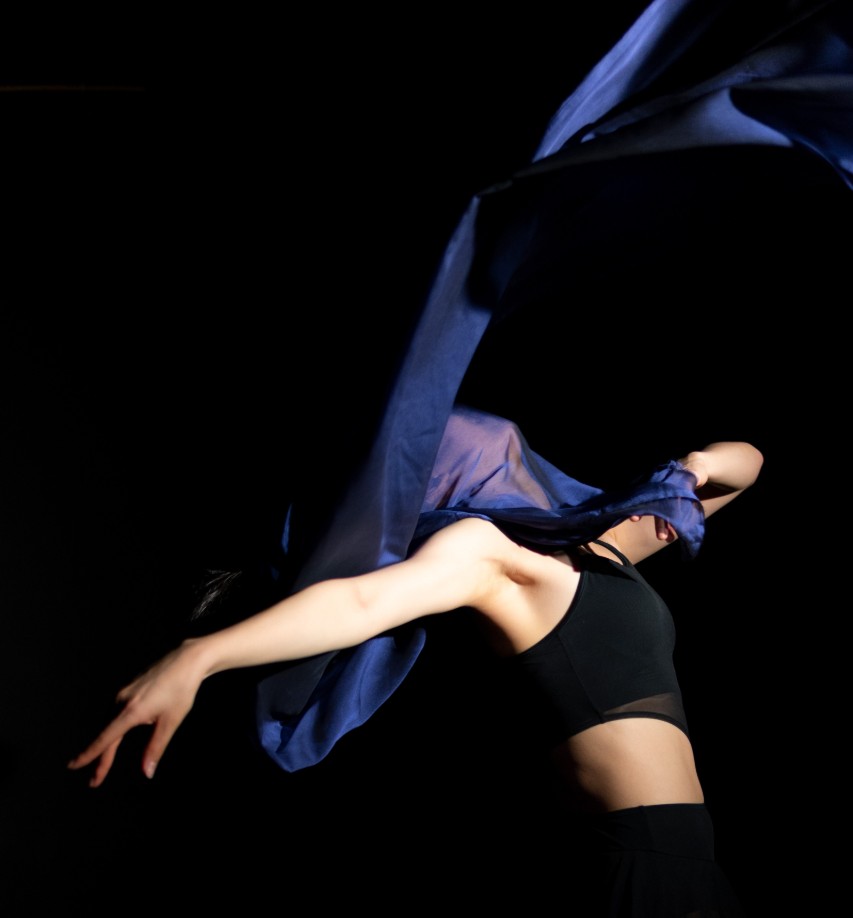TEXTILE FINISHING: what it is and how it works
Fabric is a structure of woven or knitted yarns.
Textile yarns are made of oriented lengthwise and twisted fibers. The process to transform fibers into yarns is called spinning.
Woven fabrics are made by using two or more sets of yarn interlaced at right angles to each other. Knitting is the construction of interlocking yarns by needles.
The fabrics finishing process follows the weaving operations and can be divided into two main parts:
- Wet finishing
- Dry finishing
The combination of wet then followed by the dry finishing defines the features of the fabrics in relation to:
- Appearance
- Touch
- Technical characteristics such as dimensional stability, formability (specific fabric quality for garments) and comfort
The finishing process is strictly related to the subsequent garment make-up operation and is very much linked to fashion trends.

Different fibers – natural like wool, of cellulosic origins like cotton or viscose and synthetic like polyester or polyamide – need to be differently processed by the textile finishing machines.
The recent use of elastic yarns for sportswear articles brought to further developments in the different finishing stages and, among them, the wet-sueding technology of Sperotto Rimar Plurima which uses water as fiber lubricant achieving a soft although pileless fabric surface.
In the dynamic world of fabrics for the activewear, Plurima effect has become a trendsetting style for warp-knitted tricots and circular knitted jerseys in Polyamide/spandex and Polyester/spandex, creating a short and dense, soft velour, granting synthetic fibers a “cotton-like touch”.
Synthetic intimate underwear is particularly gaining a soft sensation of smooth velvet in contact with the skin.
Since 1962, Sperotto Rimar has been offering technological solutions following customers’ needs.
